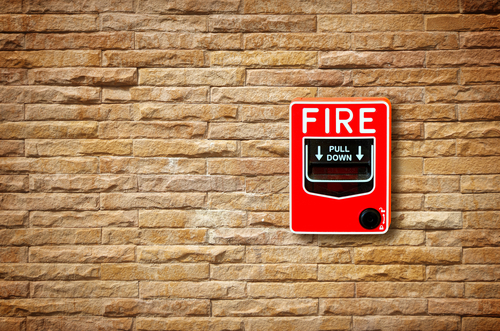People tend to feel panic and confusion during emergencies. It’s only human: during disasters or stressful situations, we find it hard to think straight.
But emergency services and fire wardens need clear, concise information to manage the situation. Effective communication in a crisis isn’t easy, which is where an emergency evacuation plan can help in several practical ways:
- Outlining chain of command
- Listing key contact details
- Stepping through response procedures
- Workplace conflict and resolution procedures
Having this information on-hand is invaluable, both for affected staff and first responders. Here are 5 more tips for managing communication in a crisis.
1. Identify key personnel in an emergency evacuation plan
When emergency services arrive, there is precious little time to go searching for the point-person. In your emergency evacuation plan, list key contact people and include salient details:
- Phone number
- Role (in an emergency)
- Rostered days (if not Monday to Friday)
- Alternative contact
2. Anticipate information the fire department will need
When you start drafting an emergency evacuation plan, think about how an outsider might interpret the information. Is there too much unnecessary detail? Is the chain of command clear? Is time-sensitive information easy to access?
That way, when emergency services arrive, they can get straight to work to resolve the situation safely.
3. Keep staff informed
Preparing for an evacuation
Every employee should be familiar with emergency evacuation plans. The hope is they never need to execute the plan. However, in an emergency, this familiarity can save time and lead to a better outcome.
During an evacuation
Panic and confusion are common. People are often searching for answers, and when information is hard to come by, they may fill in the gaps themselves.
Communicate clearly and empathetically with staff to ensure they are kept updated as new information comes in. Doing so will prevent rumours from causing panic.
4. Communicating with the media
It sometimes happens that a significantevacuation attracts media coverage. If the media arrive on the scene, they must be kept safe by adhering to the same evacuation rules as staff.
From there, it pays to be prepared when dealing with media:
- Assign a spokesperson ahead of time
- Train them in crisis communication
- Stick to a clear, consistent, true message
- Never invent details
- Respect personal privacy in evolving emergencies
- Monitor messaging to correct misstated information
5. Resolving the emergency
Provided you have followed the emergency evacuation procedure, and the steps above, you should get through the situation safely. Once given the all-clear – by the fire department, building management or another competent person – the responsible person needs to communicate next steps to staff.
By this time, the panic will have faded, and staff may be restless. Be clear about your expectations and refer to re-entry procedures prepared ahead of time.Once again, outlining clear procedures in an emergency evacuation plan is the saving grace.
How to draft an emergency evacuation plan
Not sure where to start with your emergency evacuation plan? We suggest reading more on our website or calling Fire Safe ANZ to speak with a fire safety expert.
With our track record and partnership approach to fire safety, we can help you to craft a comprehensive emergency evacuation plan that includes everything you need to navigate emergencies safely and without panic.

